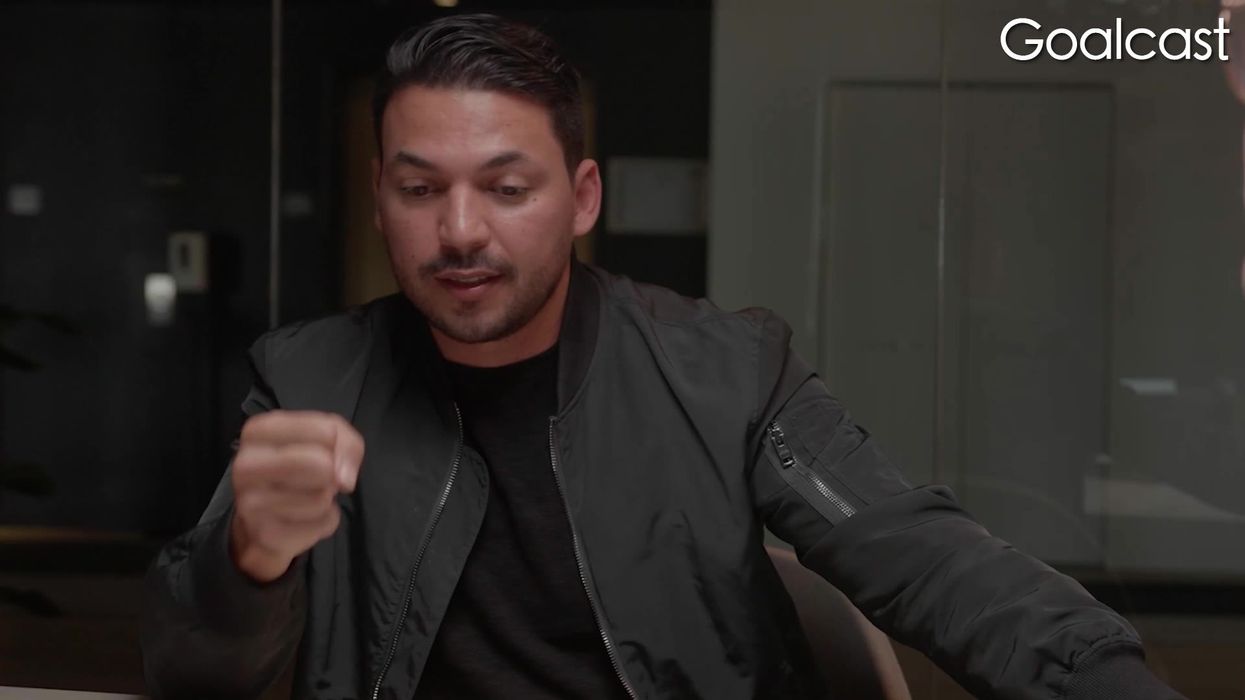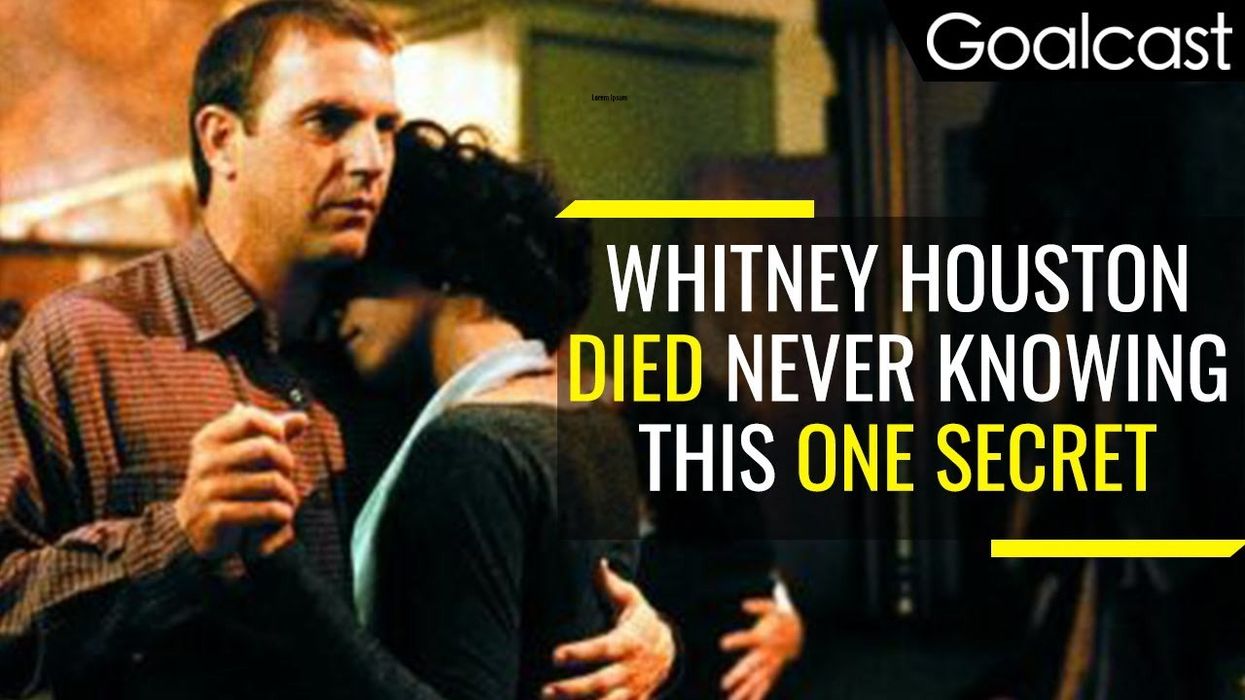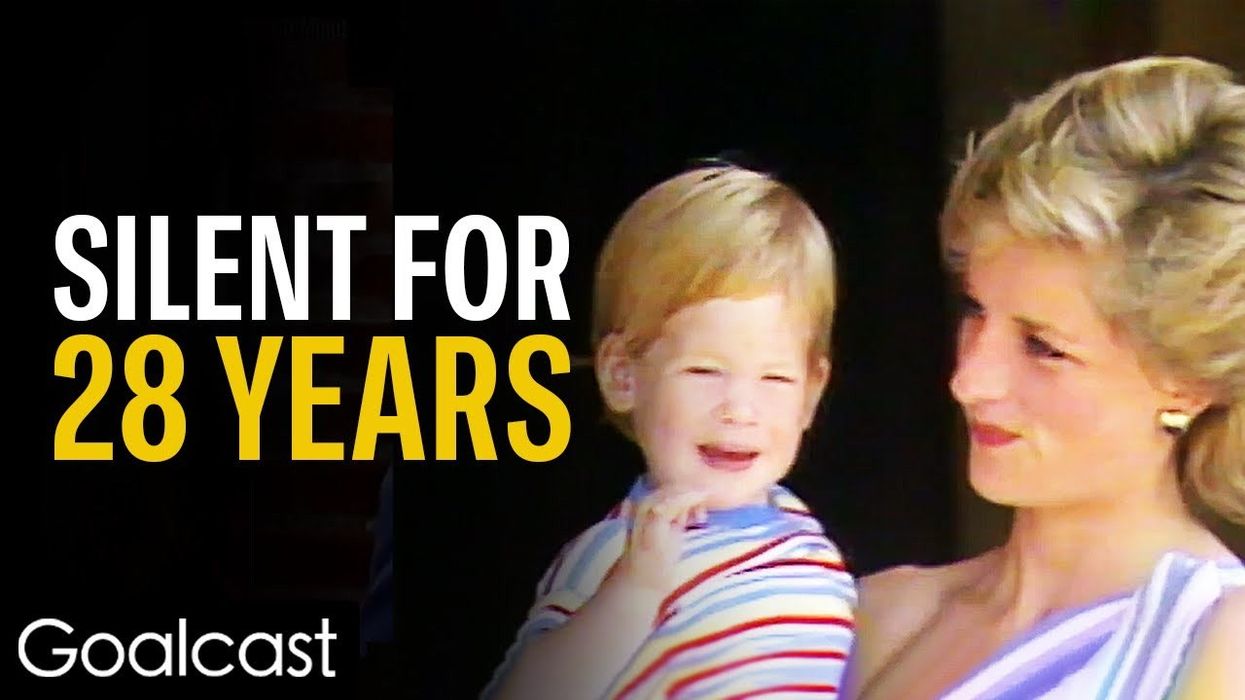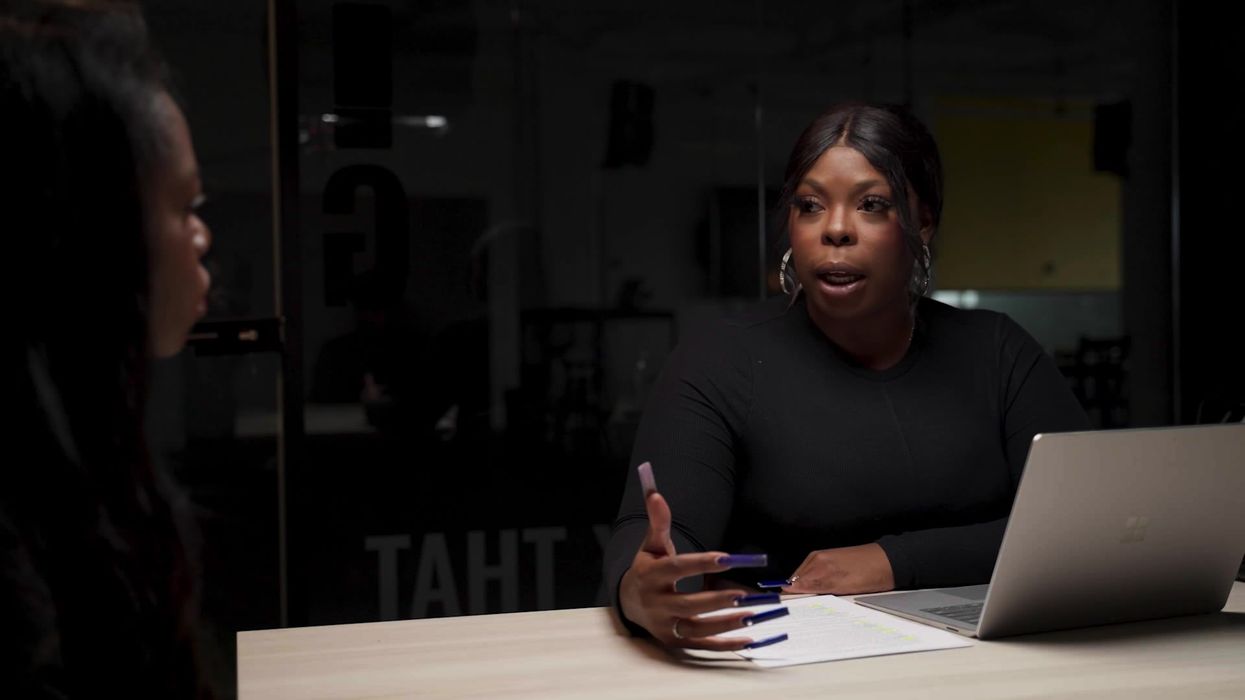
Why Your Negative Emotions Are Not Problems Needing to Be Solved
Are you familiar with the following scenario? You experience an upsurge of unpleasant emotion, and do everything in your power to bury it. Browse the Internet. Embrace Netflix’s autoplay. Manically channel energy into work. Endlessly scroll Twitter. But whatever you do, an emotional hum remains in the crevices of consciousness.
So you try and pinpoint the cause -- did I say something embarrassing to my boss this morning? Am I angsty due to lack of sleep? Am I a dysfunctional human being with the incapacity to experience lasting happiness?
This approach is common. Western culture frames pleasant emotions are desirable, and unpleasant emotions as problems, challenges to overcome, symptoms needing medication or distraction. The difficulty is, to fully integrate emotions into our lives, it’s crucial to open ourselves up to how we feel.
The alternative isn’t a Ron Burgundy-style, glass-case-of-emotion blowout every time you’re feeling a little down, but instead, equanimity without avoidance. A way of approaching unpleasant emotions with acceptance and curiosity.
Emotions need space
Emotions have a strong physiological effect, acting as mediators between mind and body. As their name implies, they need motion to process healthily. Motion requires space, but resistance is claustrophobic -- think of a time when you fought back tears when really upset. Chances are, the suppressed motion caused an added layer of unpleasant tension.
When sensations are suppressed, they stagnate and later return with added tenacity. I used to be an expert in emotional avoidance and suppression. My fear of experiencing any form of anxiety led to lots of inner-turbulence and panic attacks. Due to an aversion to sadness and grief, I medicated and numbed my emotional landscape, afraid to feel, numbing the pleasant emotions too.
Concepts of masculinity, fear of perceived weakness and a lack of emotion tools contributed to this form emotional perfectionism. This is an unrealistic belief about how we should feel. Beliefs such as “boys don’t cry,” “I should be able to always hold it together” or “I should always be happy” frame unpleasant emotions as flaws. And flaws are problems.
Ruminating on the why
Authentic feelings aren’t always logical. Two plus two doesn’t always equal four. Yet a feverish quest for a why -- the cause of the feeling -- triggers the subconscious to search for solutions, underpinned by the belief if a solution is found, the emotion will cease, and cessation is desirable. Applying the problem solving mind to emotions runs the risk of rumination.
Rumination is “a negative, repetitive style of thinking about present and past symptoms, loss, and failure” and is a common precursor to depression and anxiety. Problem solving is one of the most fascinating, advanced hallmarks of the human brain. However, when applied to the psyche, it isn’t the most useful tool. At least in the beginning.
Creating space with acceptance
Emotions are messages. Messages require understanding, not solutions. To fully understand requires a mindset of acceptance and curiosity when emotions arise. This shift is a catalyst in significant change and self-improvement. Acceptance in this context doesn’t mean giving up. Quite the opposite -- by easing resistance, emotions flow freely. Once subsided, we are free to explore their message.
There are lessons to be learned from pain, and ecstasy. I experienced depression for over a decade and I now see it as my greatest teacher. But only when I accepted its presence did I learn from it. Self-awareness, in this sense, is the ability to illuminate the dark crevices of the mind, to see what they have to teach. Their lessons last a lifetime.
Replacing rumination with reflection
Meditation facilitates this learning process. Stepping into the “observer” role, the part of ourselves witnessing thought and emotion, creates distance. Instead of confusing emotions with who we are (“I am angry”), we experience them with non-judgement (“I’m experiencing the feeling of anger”).
Curiosity builds a new relationship with emotions. Rather than become consumed or overwhelmed, we are able to explore them with clarity, to seek to understand what their message is. Habitual thinking patterns or troubling emotions are easier to spot with this mindset.
The quest for why leads to repetitive thought-loops. A quest for what, however,uncovers deeply-rooted beliefs or behaviours contributing to unpleasant emotions. But, as Phil McGraw said, “awareness without action is worthless.” If necessary, the next step is to take effective action.
Emotional acceptance benefits others, too
Acknowledging challenging emotions improves our relationships, too. The world is a mirror. How we respond to others’ emotions reflects how we respond to our own. For example, if you instantly recoil or constrict when someone expresses sadness, this resistance will be mirrored when you feel sad.
Resistance is a barrier to connecting intimately with others. Feeling the need to say the right thing is a symptom of perceiving emotions as problems. We feel awkward because we see grief or pain as a problem in need of fixing, and we don’t know how. And that’s because we can’t “fix” grief, in others, or ourselves. Nothing we say can remove the pain.
The same applies to the entire emotional spectrum. Emotions are not problems needing to be solved. Of course it helps to offer relief or support, but sometimes, being with unpleasant emotions is the only required action. The more adept at managing unpleasant emotions within ourselves, the more we’re able to remain present with those emotions in others.
Changing our perspective to one of acceptance and curiosity transmutes the instinct to bury unpleasant sensations, to actively learning the lessons they can teach us. And the beauty is, the more receptive we become to the unpleasant, the more enhanced our experience of the pleasant, too.



















 right human eye
Photo by
right human eye
Photo by  person holding box
Photo by
person holding box
Photo by 










